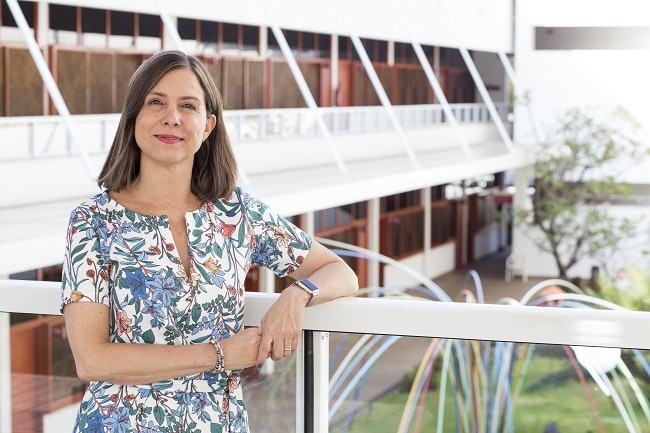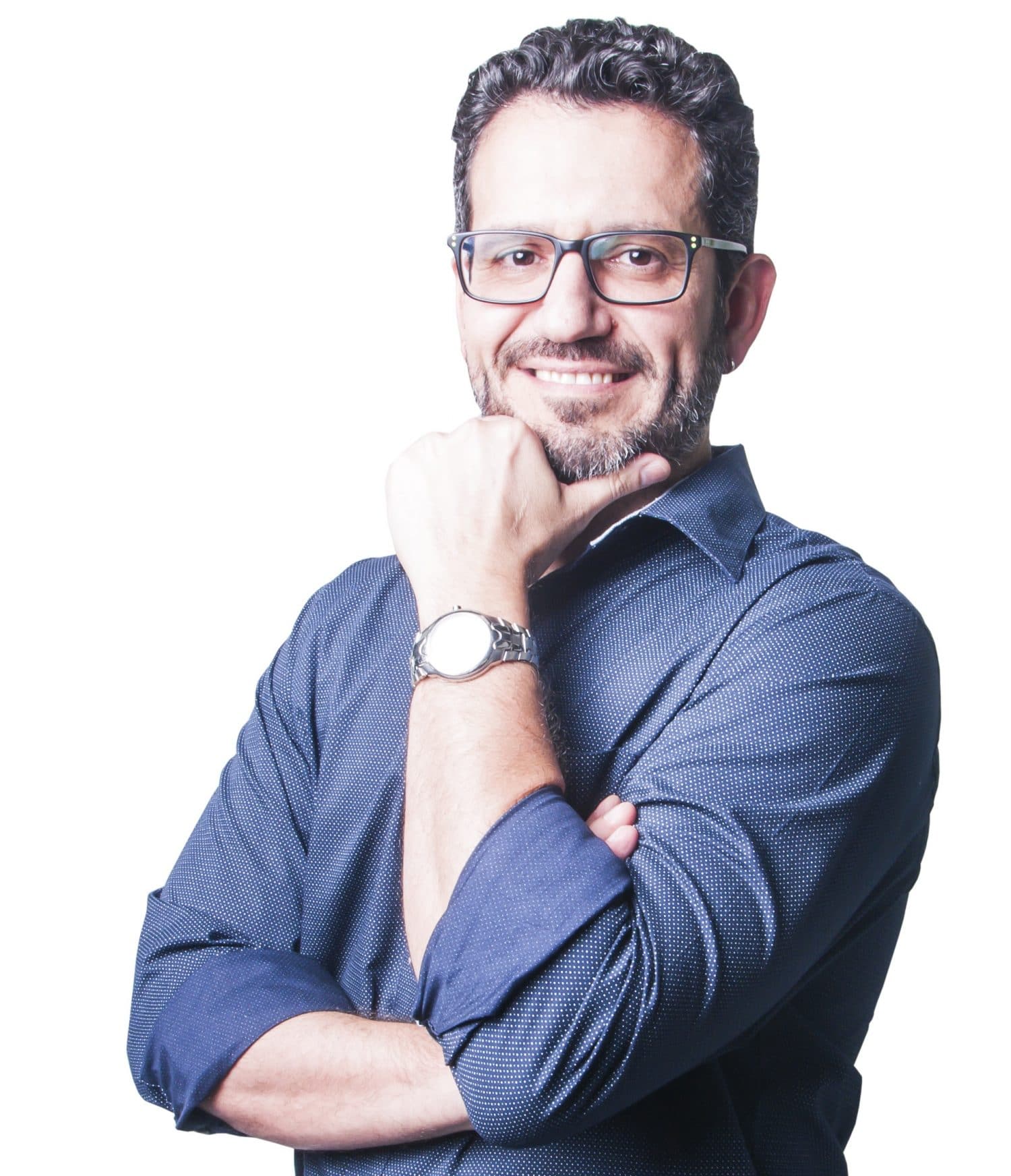The challenge of wearing two hats
My whole formal educational background is academic, from my B.A. in Journalism, to my master’s in Teaching English as a Second Language and my doctorate in Education. Everything I have published so far is academic, about learning and teaching. Most of my presentations in conferences are about academic topics, ranging from second language writing, assessment, and teacher development. Only recently have I started presenting on topics related to leadership and management. Thus, I can safely say that I am an academic in a leadership role.
It’s not that I don’t have any managerial or leadership training. Quite the contrary. I have been fortunate to participate in Fundação Dom Cabral’s leadership program for members of a service entitled “Parceiros para a Excelência”. I have also taken online courses and read several well-known books on leadership and management. I am an avid reader of Harvard Business Review and of blogs that address topics related to leadership. I am not the kind of academic that dreads numbers and calculations. I actually like them. I enjoy collecting and analyzing data and I understand basic statistical principles.
As an academic in a management and leadership role, I face daily battles between what research says regarding learning and teaching and the challenge of putting these ideas into practice in the real world. In this post, I am going to focus on two of these battles in which I have to wear both my academic and managerial hats and reach a compromise. Battles between the ideal world and the real world. Battles of the heart of the mind.
1. Materials selection
We all know that, in the ideal world, teachers should be autonomous to choose the materials that suit their students’ needs. In fact, in the ideal world, given the weath of resources available today, they should design their own materials or adapt from the countless options at hand. Knowing what the learning outcomes are, qualified teachers should be able to use their own materials, preferably authentic ones.
However, in a large language institute in which the students and parents expect to have the same level and type of learning experience regardless of the campus they go to or the teacher they have, it is not possible to give teachers this full level of autonomy. The materials used have to be standardized. Students need to be able to transfer from one group to another, or make up for a class in another group, without more than subtle changes in the approach to teaching. Students start as true beginners and spend years with us until they reach the advanced level, and we need to make sure they all do, rather uniformly.
In addition, if teachers were to design their own materials from scratch, it would take them much longer to plan their classes. Then they would need to receive extra pay for this planning. This would result in our having to raise our tuition, which would, in its turn, result in fewer students being able to afford our program. We would simply not be competitive in the market. Market! Yes, the dirty word. When you are in a leadership position, you have to think about the market.
Thus, how can we try to reach a compromise between the ideal and the real world? Here are some ways that we try to do it:
– Teachers don’t choose the materials they will use, but they have a say in the choice of course books. They are consulted by way of meetings or surveys and invited to analyze the options and give their opinions. Most of the course books we have adopted in the past years have been selected by way of a consensus among the teachers, under the guidance of our course coordinators. It is never a top-down decision.
– Teachers know what they have to teach, by when, and according to which standards, but they are autonomous in their decision regarding how to teach, based on their learner’s characteristics and needs. We do have lesson plans to help the more novice teachers, but they do not have to be used by all teachers. Teachers can choose the extra materials they will use, or they can replace an activity in the course book with another one that will reach the same objective.
– We engage more experienced teachers in lesson planning projects so that they can exercise their autonomy and contribute to the institution beyond the classroom.
2. Assessment
I am an advocate of formative assessment. Actually, I have quite extreme personal views on this topic. I am against grading and in favor of standards-based assessment. I don’t think students need to take formal tests, but rather, they should engage in real-world tasks that result in artifacts that demonstrate learning. Portfolios are my ideal assessment tool and I believe in mastery learning, that is, the idea that students should be able to redo their work until they reach the standards.
I also believe that, even if we do have to use tests, then, ideally, they should be designed by the teachers, for their specific groups, based on what went on in their classrooms. We shouldn’t have standardized tests across the program.
However, is it really feasible to put all this into practice in a program with over 200 teachers and 15,000 students? Will parents accept a gradeless system, given the mental model of assessment that permeates our society? Would all teachers be willing and able to implement such an alternative system? Also, how much more of teachers’ time would a portfolio system, for example, or writing their own tests, take? How would we guarantee a certain level of uniformity? Again, we run against managerial and financial aspects that make such sound ideas difficult to implement in a large program.
Just like the materials selection conundrum, some of these ideas would require us to pay teachers more preparation hours, which would actually be quite fair. After all, they would be spending more of their time and this has to be compensated for. However, again, we would not be competitive and would end up becoming a boutique program for fewer students paying more, and with fewer teachers.
How can we reach a compromise? Again, here are some ideas:
– Teachers don’t write the tests, but they are invited to test calibration meetings so they can have a say regarding the types of items that the test will have and the balance between different types of items. Also, there is space in the assessment scheme for teachers to use instruments of their own choice. For the busy or inexperienced teachers, there are ready-made options, but for the more experienced ones willing to spend more of their time, there is this freedom.
– We use elements of formative assessment in our system, such as the possibility to retake tests or redo other types of assessments, such as writings. In our adult program, students can retake all types of assessments.
– As much as certain publishers or testing companies have tried to convince us to incorporate their standardized tests into our program, counting points towards final grades, we have resisted this temptation and insisted on our in-house solutions, which are designed for our specific student body, with the constant feedback from our own teachers.
Sometimes I find myself in the same position of academics in the fields of political science or economics who suddenly find themselves in executive roles. A lot of what we study in academia makes sense in theory but is not always easy or feasible to implement in the real world. That’s when we have to strike a balance between theory and practice, to compromise. The greatest challenge is to know what hat to put on, and when!




